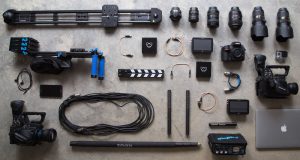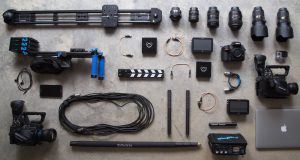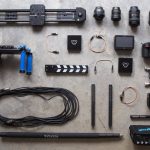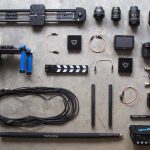An optical sensor is one that converts light rays into a computerized signal. To measure a physical quantity of light and, depending on the sort of sensor, translate it into a form that is readable by some unified measuring device is the purpose of an optical sensor. Optical sensors can be both external and internal. External sensors assemble and address an appropriate quantity of light, while internal sensors measure the bends and other small changes in direction.
Types of Optical Sensors
There are various kinds of optical sensors, and here are the most common types.
Through-Beam Sensors
The usual system consists of two independent components. The receiver and the transmitter are placed opposite to each other. That transmitter projects a light beam onto the receiver. A breach of the light beam is explained as a switch signal by the receiver. It is insignificant where the interruption appears.
Its advantage is that large operating distances can be attained and the recognition is separated from the object’s surface structure, colour or reflectivity.
It must be assured that the object is sufficiently huge to interrupt the light beam completely, to ensure a high operational dependability.
Diffuse Reflection Sensors
Both receiver and transmitter are in one housing. The transmitted light is reflected by the object that must be identified.
The diffused light intensity at the receiver serves as the switching condition. Regardless of the sensitivity setting the front part regularly reflects worse than the rear part and this leads to the after effect of false switching operations.
Retro-Reflective Sensors
Here, both transmitter and receiver are in the same house. Through a reflector, the radiated light beam is conducted back to the receiver. An interruption of the light beam commences a switching operation. It is not influential where the interruption occurs.
Retro-reflective sensors set up large operating distances with switching points, which are completely reproducible demanding little escalating effort. Any object interfering the light beam is precisely detected independently of its color or surface structure.






